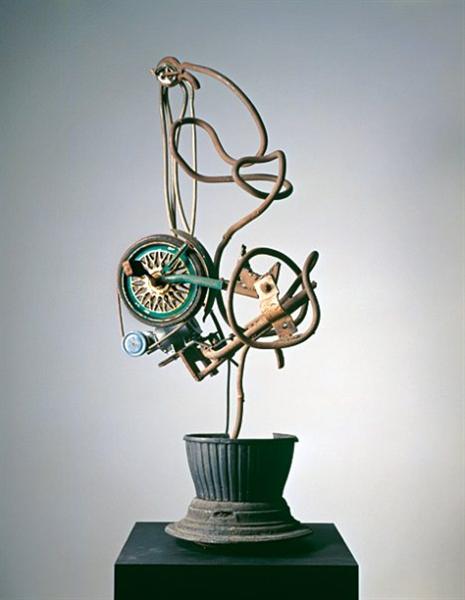Title of Artwork: “The Sistine Madonna”

Artwork by Raphael
Year Created 1513
Summary of The Sistine Madonna
In Italy, Raphael painted a picture of a woman who looks like the Madonna di San Siro, which means the Madonna of Saint Siro. This piece of art was made for the church of San Sisto in Piacenza, Italy, by Pope Julius II in 1512. Another way to say it: It was one of his last Madonnas to paint. “A truly rare and extraordinary piece of art,” said Giorgio Vasari, who made the painting.
All About The Sistine Madonna
After moving to Dresden in 1754, the well-known painting had a big impact on Germany. After World War II, it was moved to Moscow for a decade and then returned to Germany. Then, it came back to Germany. It is now a piece of art in the Gemäldegalerie Alte Meister.
The oil painting is 265 cm by 196 cm. She stands on clouds before a lot of cherubim that aren’t very clear, while two cherubim with wings rest on their elbows below her.
Analysis of the pigments in Raphael’s masterpiece shows that the colours used in the painting are typical of the Renaissance period. For example, the green drapery on top of the painting is made of malachite mixed with orpiment, the blue robe of the Madonna is made of natural ultramarine mixed with lead white, and the yellow sleeve of St. Barbara is made of a mixture of lead-tin-yellow, vermilion, and lead white.
The painting was done in honour of Pope Julius II’s late uncle, Pope Sixtus IV. It was done for the basilica church of the Benedictine Monastery of San Sisto in Piacenza, which the Rovere family had a long-term relationship with.
The painting had to show both Saints Sixtus and Barbara, according to the order. Antonio da Correggio is said to have cried out, “And I, too, am a painter!” when he saw the piece for the first time.
In 1754, Augustus III of Poland bought the painting for 110,000 to 120,000 francs, which was the highest price paid for a painting for a long time. It was moved to Dresden and became more famous. When Hans Belting and Helen Atkins wrote their 2001 book, The Invisible Masterpiece, they talked about how the painting has had an impact on Germany.
If the stories are true, the painting took off right away. It’s said that Augustus moved his throne so that it could be seen better. The Sistine Madonna was a big hit with Johann Joachim Winckelmann, who wrote a popular and influential book called Geschichte der Kunst des Alterthums in 1764.
Winckelmann put the painting in the public eye and at the centre of a debate about how important the painting’s Classical and Christian elements were. Raphael was shown both as a “devout Christian” and as a “divine” pagan by the Germans, who linked the image to their own legend, “Raphael’s Dream.” The Germans also used the image to make their own legend, “Raphael’s Dream.”
In the last years of the 18th century, a legend started that Raphael had a heavenly vision that made it possible for him to show off his beautiful Madonna. This legend has been turned into a number of stories and even a play.
One of Freud’s patients is said to have been in a religious ecstasy at the sight of the painting, and it is said that many people have been moved by the painting. People in Germany in the 1800s saw this painting as a symbol of Romanticism because it had a near-miraculous power.
The picture had a big impact on Goethe, Wagner, and Nietzsche. He said that the painting was “the greatest revelation of the human spirit.” New Royal Museum opened in 1855 in a building designed by Gottfried Semper. The Sistine Madonna was given a room of its own in the new museum.
Information Citations
En.wikipedia.org, https://en.wikipedia.org/.

























